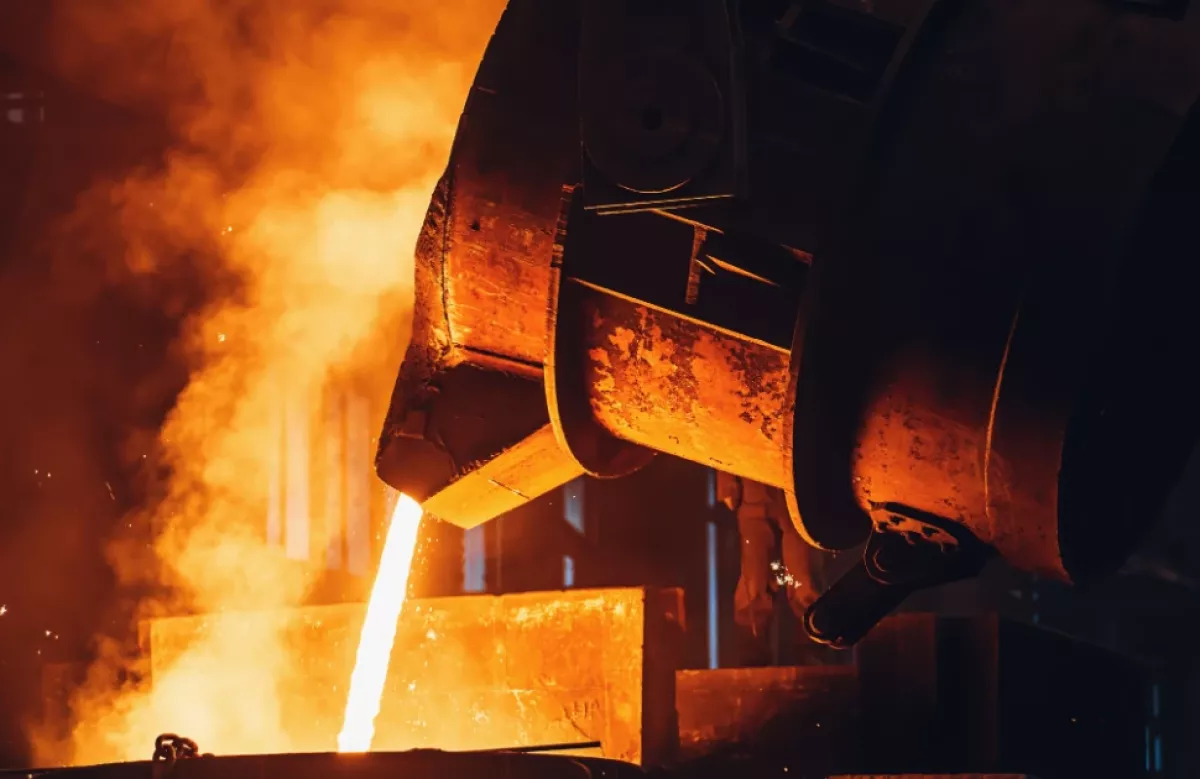Europe's "Green Deal" amidst rising trade wars
Buying a new phone as an environmentally conscious consumer presents challenges, given the complex global supply chain. Most chips are manufactured in East Asia, assembly occurs in China, and tracking the environmental and social impact is nearly impossible. Additionally, China’s control over rare-earth elements gives it geopolitical leverage. An alternative could be a phone made in Europe under strict environmental and social standards, using recycled and refurbished components. While this vision may seem distant, changes in trade and industrial policies could bring it closer to reality.
Recent global shocks have exposed the vulnerabilities of global value chains (GVCs), prompting governments and businesses to rethink supply chain strategies for greater resilience and sustainability. Researchers have released an article via The Conversation publication, in which they warn of rising geopolitical tensions and trade wars, exacerbated by Donald Trump’s new term, which have intensified concerns over GVC risks.
In response, companies are considering backshoring (bringing production back home), nearshoring (relocating to nearby countries), and friendshoring (moving to allied nations). These changes could reshape GVCs and support the shift to a low-carbon circular economy. The EU-funded TWIN SEEDS research project examines whether strengthening GVC resilience can also improve sustainability.
Trade structures play a key role in carbon emissions, as previous shifts in GVCs have increased the EU’s carbon footprint by relocating production to regions with lower environmental standards. However, strategic nearshoring, friendshoring, and backshoring could help reduce emissions from EU consumption and help it follow their legislation, coined the "Green Deal" that streamlines the rulebook on how companies report their compliance with the EU's green regulations.
One concern is “resource shuffling,” where suppliers with lax environmental standards simply redirect their exports to less regulated markets, undermining global progress. Nevertheless, reshoring five key industries—iron and steel, electric motors and batteries, chips and circuits, antibiotics, and vaccines—could significantly cut the EU’s carbon footprint. While these industries make up less than 1% of total trade, restructuring their supply chains could lead to major reductions, particularly in the iron and steel sector, where emissions could drop by 4%. Though emissions may slightly rise within the EU, especially in Eastern Europe, the authors argue that the overall global impact would be beneficial.

Another strategy to lower emissions is “greensourcing,” or choosing suppliers with the lowest carbon footprints. Industries like construction, manufacturing, machinery repair, motor vehicles, and electronics could benefit greatly from this approach. For example, in the automotive sector, shifting towards the cleanest intra-EU suppliers could reduce emissions by 27.7%, while sourcing from the most sustainable global suppliers could achieve a 42.5% reduction.
The EU has already taken steps to curb emissions, such as imposing a carbon tariff on imports, primarily targeting carbon-intensive goods like steel. While this is a positive move, the article points out that expanding the tariff to other industries could further reduce the EU’s carbon footprint.
In conclusion, restructuring supply chains through reshoring and greensourcing presents an opportunity to improve both economic resilience and environmental sustainability. With strategic policies, the authors are convinced that the EU can reduce its dependence on vulnerable supply chains while advancing its climate goals.
By Nazrin Sadigova








